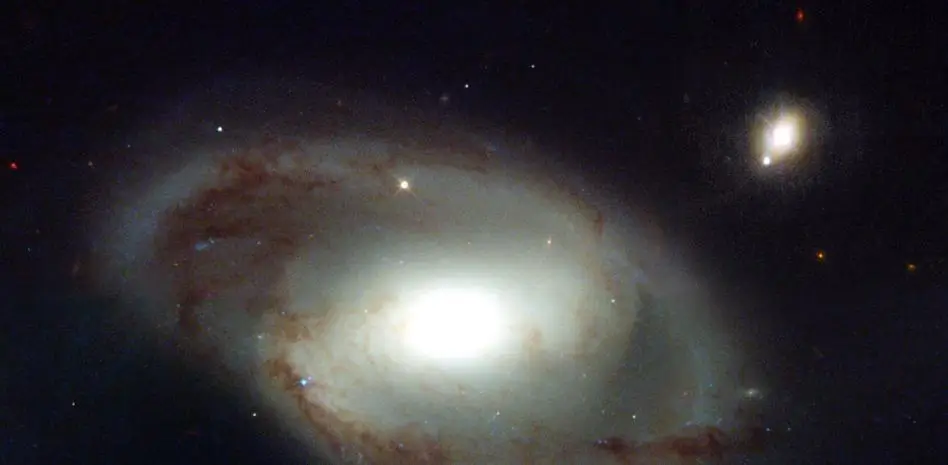A group of citizen scientists made a surprising cosmic discovery while exploring NASA data.
They reported that they detected a stellar object moving at a dizzying speed of 1.6 million kilometers per hour, so fast that it is escaping the gravity of our galaxy.
This object, named CWISE J1249, was identified through NASA’s citizen science project Backyard Worlds: Planet 9. The project allows volunteers to examine data from the WISE satellite, which mapped the sky in infrared from 2009 to 2011. Although the project was reactivated as NEOWISE in 2013 and continued until its closure in August 2024, analysis by citizen scientists was crucial to this discovery.
What makes CWISE J1249 so intriguing is its unusually low metal chemical composition and relatively low mass. These features suggest it could be a relic of our galaxy’s earliest stars, offering a window into the cosmic past.
Scientists believe CWISE J1249 was ejected from its parent star system by a catastrophic event, such as a supernova or interaction with a black hole. Its discovery challenges existing theories of stellar evolution and provides new clues about the violent processes that shape galaxies.
Another view
In a related finding, another hypervelocity star identified through the Backyard Worlds project is moving at 1.3 million miles per hour and is about 400 light-years from Earth. This star, also known as CWISE J1249+36, is the closest hypervelocity star to our planet.
Research led by Professor Adam Burgasser of the University of California, San Diego, suggests that it is an L-type subdwarf, a class of low-mass, low-temperature stars. Its unusual speed and trajectory have led scientists to consider its possible origin in a post-supernova binary system or in a globular cluster interacting with black holes.
These discoveries highlight the growing importance of citizen science in astronomy. Projects like Backyard Worlds harness the human ability to identify patterns in large data sets, often overcoming the limitations of computational algorithms.
Collaboration between volunteers, professional astronomers and students is transforming the study of the universe, facilitating the discovery of previously unknown celestial objects and offering new perspectives on the dynamics of the Milky Way.
